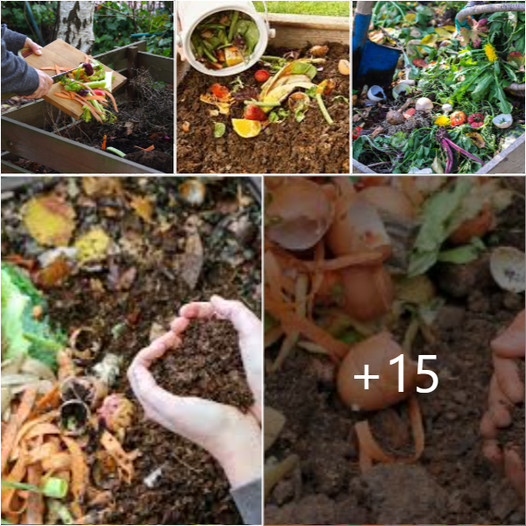Multi-Purpose Compost
Can be used at any stage of growth; is cheaper than specific-use composts.
Ericaceous Compost
Lime-free for acid-loving plants. Azaleas, heathers, blueberries and camellias.
Seed Compost
This is free-draining and can hold plenty of moisture. Both qualities are necessary for seeds to germinate. Contains low levels of fertilizer.
Potting Compost
Use this for young seedlings or rooted cuttings, but not seeds. Nutrient levels are right for encouraging further growth but would damage seeds.
John Innes Compost Mixes
Well-known in horticulture, John Innes mixes are seed and potting compost recipes, designed to support plants through all stages of growth. JI seed compost is for sowing seed. JI No 1 is for pricking out or potting up young seedlings or rooted cuttings. JI No 2 is for general potting of most houseplants and vegetable plants into medium-sized pots. JI No 3 is for final re-potting of hungry vegetable plants and for mature foliage plants and shrubs.

What’s in Multi-Purpose Compost?
Multi-purpose compost, the bags of soil that you buy from garden centers, is made from a mixture of loam, peat (or ideally a peat alternative; see below), sand and fertilizer. It is commonly referred to as ‘compost’ but true compost is actually the product of your compost bin.
Renewable Peat Alternatives
Peat provides excellent water-holding capacity, aeration and structure. But peat is a non-renewable material, harvested from bogs that formed very, very slowly, years ago. Once peat bogs vanish, co-dependent plants and animals are lost and cannot be replaced. These peat-free composts offer more sustainable alternatives:
Composted bark: provides excellent aeration and drainage.
Coir: Coconut fibre — airy and water-retentive.
Mushroom compost: leftover from mushrooms farming, a great soil conditioner.
Leaf mould: Homemade mixes of leaves, rich in micro-organisms.
Garden compost: Straight from the compost bin, nutrient-rich.
Worm compost: Ideal in mixes needing plenty of nutrients, with great water-holding capacity.
Animal Manures as Soil Conditioners
Well-rotted manure can be dug into soils, improving plant growth and yield.
Farm yard manure attracts worms to the soil and increases soil fertility.
Chicken manure sold as pellets a great source of nitrogen.
Zoo Poo “exotic manure” with sky-high nitrogen levels.
What Goes Into Compost
Garden compost is a mix of rotted-down kitchen waste and other wet ‘green’ material , plus dry ‘brown’ material. Good compost contains the right amount of water, oxygen and worms . Here’s what should be in your bin and what should not.
Greens for Adding Nitrogen
Fruit and vegetables: Peelings and other scraps
Coffee grounds: may also help repel slugs and snails
Cut flowers: check that they’re not diseased
Eggshells: broken and crushed
Tea leaves and bags: tip the leaves in but recycle the bag
Grass clippings: Let them dry out before adding
Browns for Adding Carbon
Dry leaves: Brown, dead, fallen (but not diseased) leaves
Cardboard: soaks up excess moisture
Wool: Great water-retaining qualities
Straw: Slow to decompose; perfect for heavy soil
Paper: Avoid glossy magazines
Vacuum cleaner lint: Packed with organic material
What Not to Compost
Meat and fish scraps: May attract pests
Coal ash: Could be harmful to plants
Pet waste: Contains harmful bacteria
Bread: May attract pests
• Simple Solutions to Deter Garden Pests
• Do’s and Don’ts of Sowing Seeds
